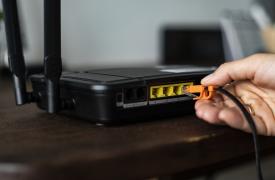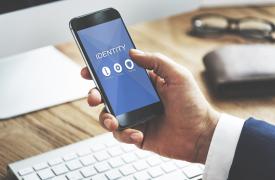A password isn’t enough now to keep you safe online

Smart phones are becoming smarter with the likes of biometrics and two-factor authentication, and there’s every reason to be. With cybercrime constantly increasing and evolving, it’s essential to take the appropriate measures to ensure your business and personal life remains safeguarded.
As a result of the global pandemic that is COVID-19, businesses have become mass targets for the cybercriminal industry. Hackers are taking advantage of the shift in working patterns with more employees working remotely, and it’s likely to stick around for a while, if not, long term.
While there is a cost to consider, the question is, can a business afford not to implement the appropriate safety measures? Does the cost of doing nothing outweigh the threat? In most cases, no!
We all know the hassle of having different passwords for different platforms, but all too often, people use the same password across multiple logins which allows them to become an easy target. That’s why it’s important to incorporate a second barrier such as two-factor authentication – generally in the form of receiving a code via text message or email - as a deterrent and an additional security measure.
Biometrics are also becoming a popular way to safeguard your all-important personal data. Fingerprints, retinal scans, and voice recognition are just some of the ways smart phones have incorporated an additional security barrier. It’s much harder to hack a system when biometrics are required as they can’t be duplicated, unlike passwords which can easily be figured out or even some forms of two-factor authentication when they ask for information such as a pet’s name or your mother’s maiden name – this information can still be easily identified on social media platforms.
Many businesses are incorporating this additional security layer into their websites and online services. The most common you’ve probably encountered is your online banking app where most banks now offer their own security tokens (either by way of fob key or through your own smart device) which generates a random number for the user to input to access the service. While it may slightly slow down the process of being able to access a site, it does offer peace of mind to the user and the business.
While two-factor authentication is not 100% fool-proof, it is something to seriously consider.





